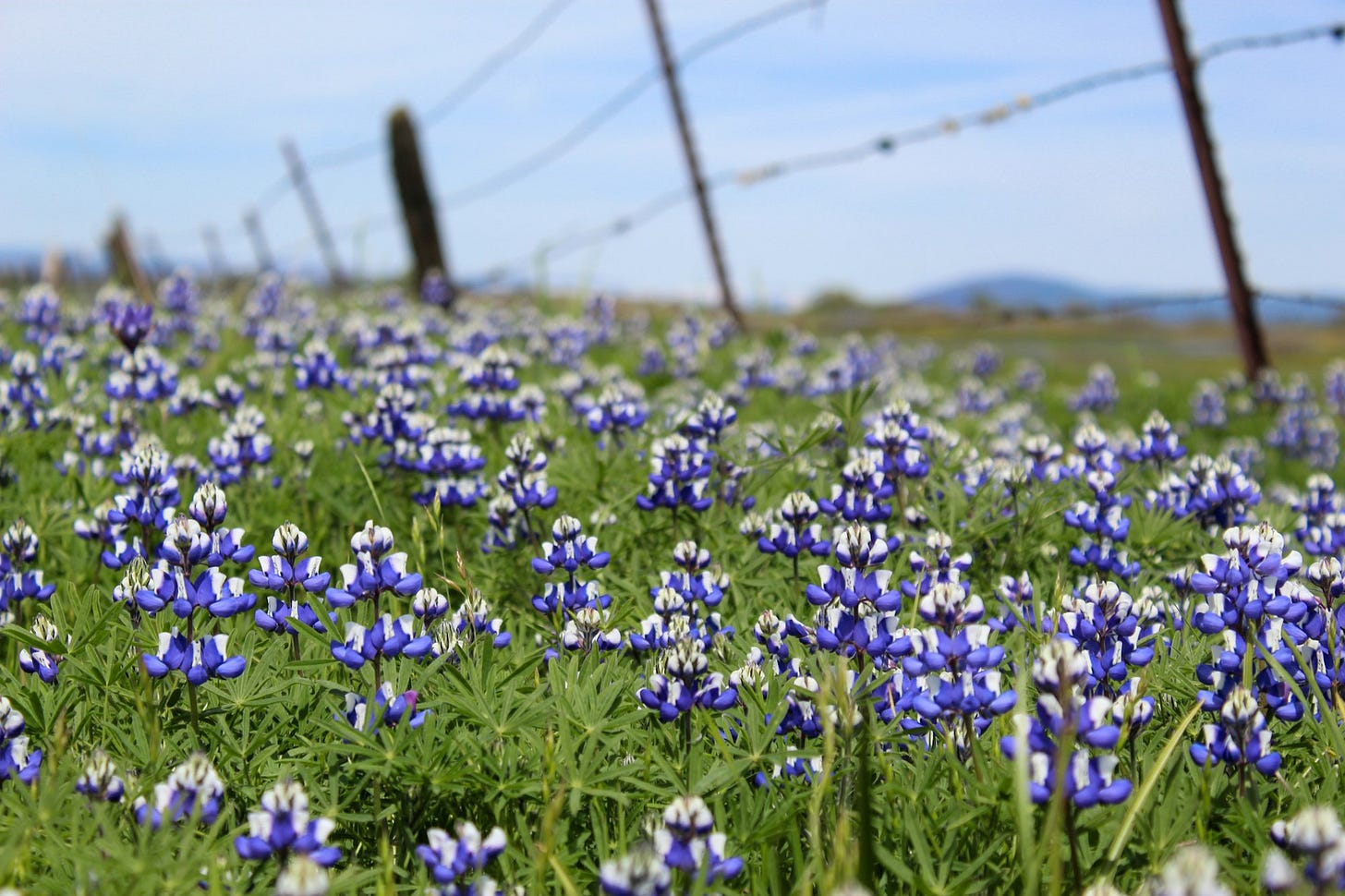
In our posts on Color Theory in Garden Design, we have explored the concept of using different types of colours in different applications, e.g. using Blue/Grey tones can help liven up and add depth to space that is heavy in shade. Homeowners often look to Pinterest boards or Instagram for inspiration for their gardens and then go experience spaces with these favoured colour combinations in Botanical or Demonstration Gardens. This approach often leads budding gardeners to a realization that there are ubiquitous arrangements that can be used anywhere in the world. It becomes a challenge if you are interested in native plant gardening to find inspiration in the same way.
Native Plant Gardening gives a sense of place and can offset the uniformity of the unoriginal home designs we see in modern cities. You may be lucky and live near somewhere like the Maloof Gardens in California, a former residential home with native landscaping that is open to the public. Exploring these spaces allows you to see how native plant combinations can work together in their most natural form outside of their truly native habitat out in the woods, beaches, desert, etc. Look at how well the colours combine with the blue-blossomed Wooly Blue Curls (Trichostema lanatum) and cream flowered Chamise (Adenostoma fasciculatum). This is a typical scene in California's Coastal Sage Scrub habitats.
At the Rancho Santa Ana Gardens in Southern California, they have a preserve area at the back side of the Gardens where native habitats have been allowed to develop naturally. I came across this natural space where the blue tones of the native plants made an otherwise monotone area look spacious and a pleasant color combination occurred naturally with no human intervention.
Why is Mother Nature such a good designer? She’s been honing her skills for a lot longer than we humans have. Spend time in Mother Nature’s landscapes and find your own inspiration. If you don't have native demonstration gardens near you, take a walk in a local forest or find an area of your city where natural habitats still exist (rivers and hillsides often have patches of undeveloped land).





